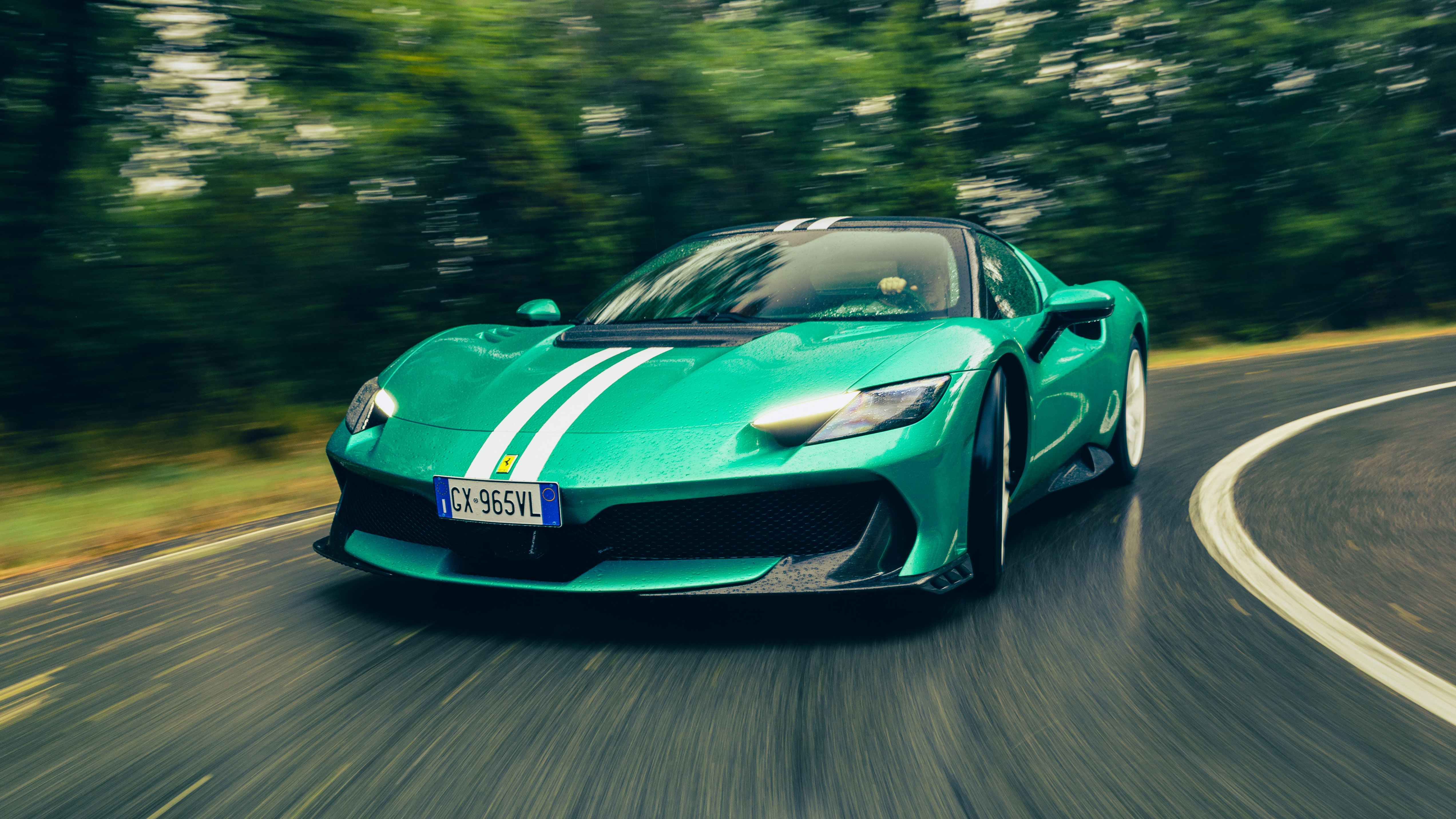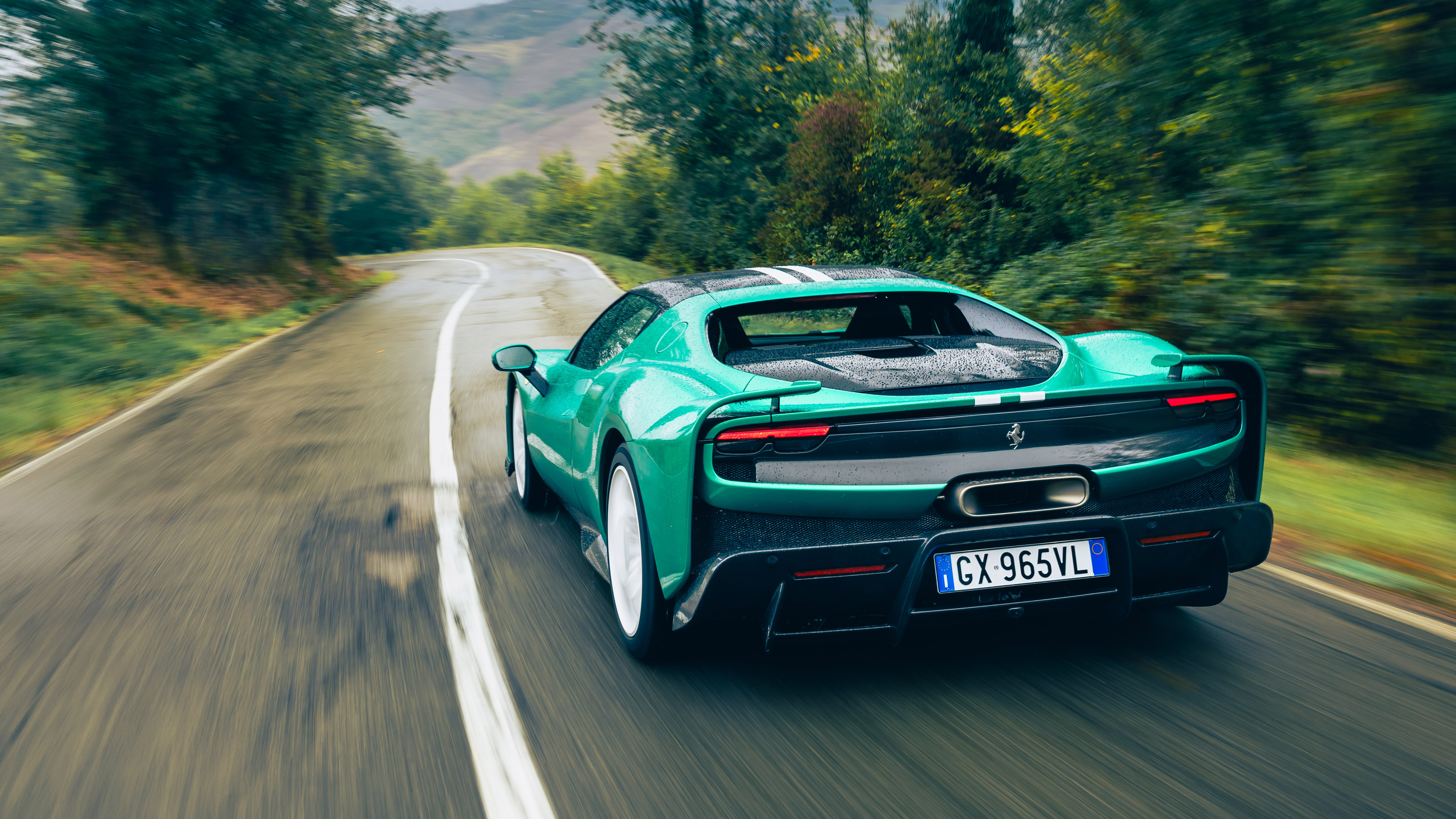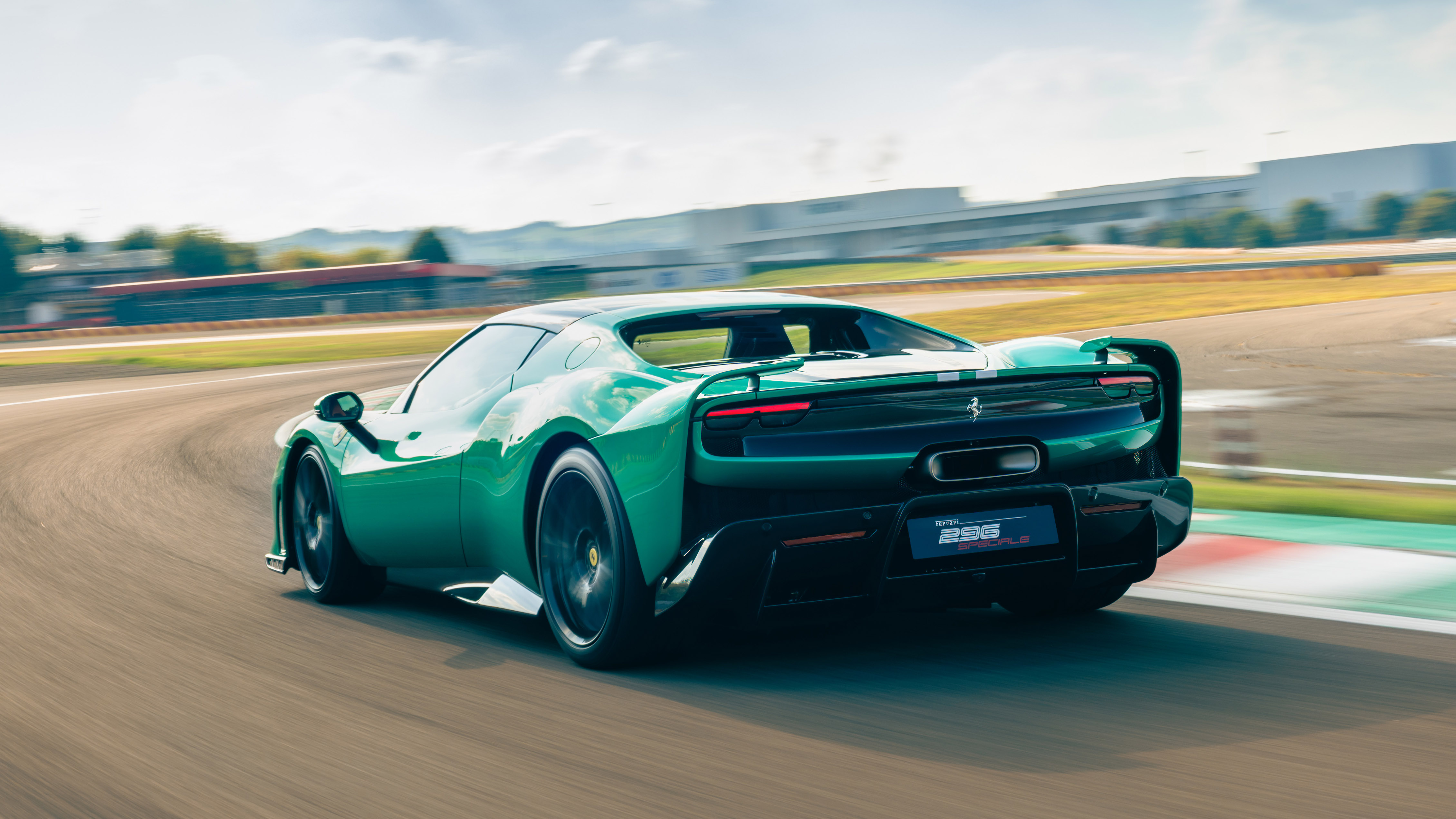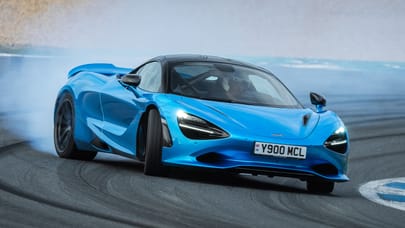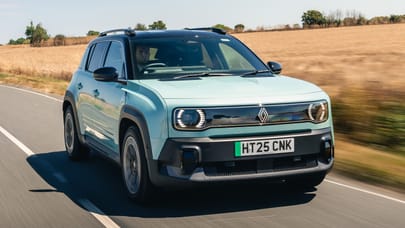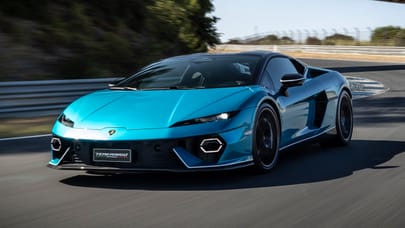
Ferrari 296 Speciale review
Good stuff
Astonishing performance in all conditions, dynamic bandwidth is greater than ever, looks cool
Bad stuff
Aspects of the HMI remain fiddly, expensive
Overview
What is it?
The 296 Speciale is the latest in one of the great Ferrari bloodlines. Sure, we love the company’s big front-engined V12s, and the hypercars are hard to beat. But for a particularly motivated fan base and clientele, the company’s adventures in light(er)weight track-oriented specials is, well, special.
Although there were racy versions of the 348 and F355, the story doesn’t really get going until 2003’s 360 Challenge Stradale. Ferrari turned up the wick on the engine, beefed up the chassis and threw away the carpet and soundproofing. The result? Pretty much an instant classic, provided you didn’t mind sticking your head in a high octane blender.
Photography: Jonny Fleetwood
And then?
And then we got the 430 Scuderia, with its trick electronic diff and traction optimisation, a car that went faster with all that stuff switched on rather than off. Michael Schumacher helped develop it, having (temporarily) hung up his race helmet and overalls.
The 458 Speciale remains Ferrari’s last and perhaps greatest normally aspirated V8. The 488 Pista is perhaps a little overlooked but also a modern classic. Ferrari tends to push the boundaries with these machines, you see. Sometimes it even goes a bit nuts.
Does hybrid tech lend itself to a competizione glow-up?
Glow-up? I think you’ll find that the 296 Speciale is in a different league. It’s been re-engineered. As it’s a Ferrari, let’s start with the engine. It’s an evolution of the unit in the 296 GTB, so it’s a turbocharged 3.0-litre V6 hybrid with an e-motor and a 7.45kWh battery.
By playing around with the turbo boost and lifting the mapping from the 296 Challenge race car, Ferrari has managed to liberate an extra 36bhp from the combustion engine. The electric motor that occupies the space between the ICE and the eight-speed dual shift gearbox now makes 177bhp. So that’s a total of 868bhp. The power uplift has also prompted changes in the transmission’s shift strategy. The extra torque shortens shift times further, for maximum engagement. You won’t get too misty-eyed about a manual gearbox once you’ve tried this set-up. It’s mind-bending.
Is 49bhp enough of a hike?
Depends on your perspective. Ferrari says it could have whacked up the boost pressure on the turbos even more aggressively, but that’s not really its style. We’ve noted before how harmonious the various components on the 296 GTB feel, the wizardry that’s helped integrate the e-motor and all the ancillaries.
And besides, on what planet is 868bhp anything other than amazing? The Speciale is also 60kg lighter than the regular car, which is arguably the more important metric here, for a dry weight overall of 1,410kg. Its power-to-weight ratio is 616bhp per tonne.
How have they managed that?
By reducing the weight of the engine, amongst other things. There’s titanium in the connecting rods – the same ones used in the Ferrari F80 – and lightened nitrided steel in the crankshaft, for a 9kg weight saving. That also improves engine response. The block and crankcase have been specially machined to shave off excess metal. There are also titanium screws and fasteners in here, the sort of thing Ferrari uses on its 499P endurance racer. It’s a detail nerd’s dream, this car, which is a big part of the appeal.
As for aero, the 296 Speciale generates 435kg of downforce at 155mph, 20 per cent more than on the standard car. All those 296 Challenge race cars pounding the world’s circuits in the hands of gentlemen and lady racers are basically mobile laboratories, and the Speciale imports some of their tricks.
There’s a new aero damper which links the front undertray to the bonnet, with a duct to channel the airflow to the edge of the windscreen and beyond. There are louvres in the wings to reduce pressure and turbulent airflow around that area. At the rear you’ll find vertical fins and extra little wings which work in tandem with the active rear spoiler. That now works faster than before as it moves between Low Drag and High Downforce configurations. There’s also a new Medium Downforce setting. This is all in the name of more consistent and linear response during cornering and under braking.
How does it look in the flesh?
As ever, there’s more going on here than first meets the eye. Contemporary Ferraris are tricky to photograph and undeniably complex, but bracingly modern to look at in the flesh. There’s a big rear diffuser, above which the exhaust sits in a new configuration. Additional black elements alter the car’s visual weight. We like the mesh on the engine cover, too.
Ferrari’s design team and its aero department are egging each other on, and the dialogue continues to yield spectacular results. The new five spoke forged and diamond-cut wheels pack a punch, too. You can also add number graphics and stripes, as per the Speciale’s racy mien. You can add pretty much whatever you want if your pockets are deep enough. Bear in mind that prices start at £359,779, so this is an easy half a million pound car if you get busy on the configurator. Note also the bestriped and decal-tastic Piloti Ferrari version, reserved for the company’s Corse Clienti. That’s an additional £79,667…
Anything else?
The car rides 5mm lower than the 296 GTB, so it rolls less during cornering. By 13 per cent, according to Ferrari, which is keener than ever on measuring these things. Zero to 62mph takes just 2.8 seconds, 124mph is done in 7.0 seconds, and the top speed is 205mph.
It will also lap Fiorano (in the hands of one of Ferrari’s test drivers, anyway) in 1min 19secs. Two seconds faster than a GTB, 7.5 seconds faster than the 360 CS, and 0.7secs quicker even than the LaFerrari. Such is the rate of progress in Maranello. Bespoke Michelin Pilot Sport Cup 2 tyres are also integral to the Speciale’s performance. The tyre walls are stiffer, there’s a new tread compound and improved lateral rigidity. This all improves yaw control and response.
The upshot is a car of truly phenomenal performance, one with a notably greater bandwidth than previous mid-engined, track-optimised Ferraris. It’s a complex car, the 296 Speciale, but the software has been designed to maximise the inherent goodness of the chassis hardware. And boy is it good. Ride, handling and braking are all peerless, delivering a car that maintains a vivid and constant dialogue with the driver.
What's the verdict?
It’s a 296 GTB-plus rather than a civilised Challenge car. It’s telling that, when you reflect on four or five hours at the wheel of the Speciale, it’s the supernaturally supple ride quality and astonishing wet-weather traction that sticks in your mind. This obviously bodes well for UK buyers and, despite its more track-honed attitude and as unlikely as it sounds, this is demonstrably a car for all seasons.
But is there scope for a lighter, more aggressive 296 Speciale XX? Undoubtedly. Ferrari says it’s not something it’s currently looking at, but a limited-series car in three years’ time? Don’t bet against it. And don’t bet against a version of this car arriving with a manual gearbox. Yes, you read it here first.
Ferrari styles itself as a global tech leader these days, as much as it is a performance car maker and lifestyle brand. On this evidence, it’s impossible to argue with that. The 296 Speciale is a truly formidable achievement.
The Rivals
Trending this week
- Car Review
BMW 1 Series




